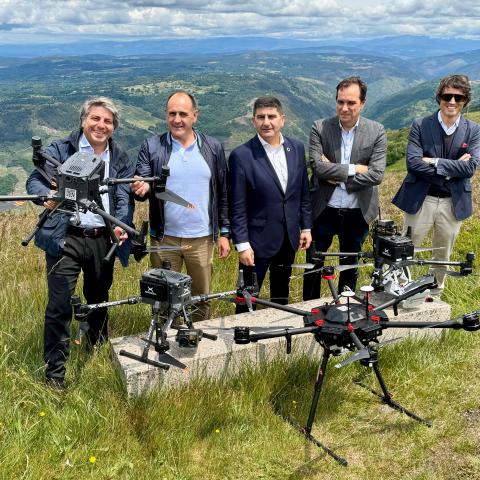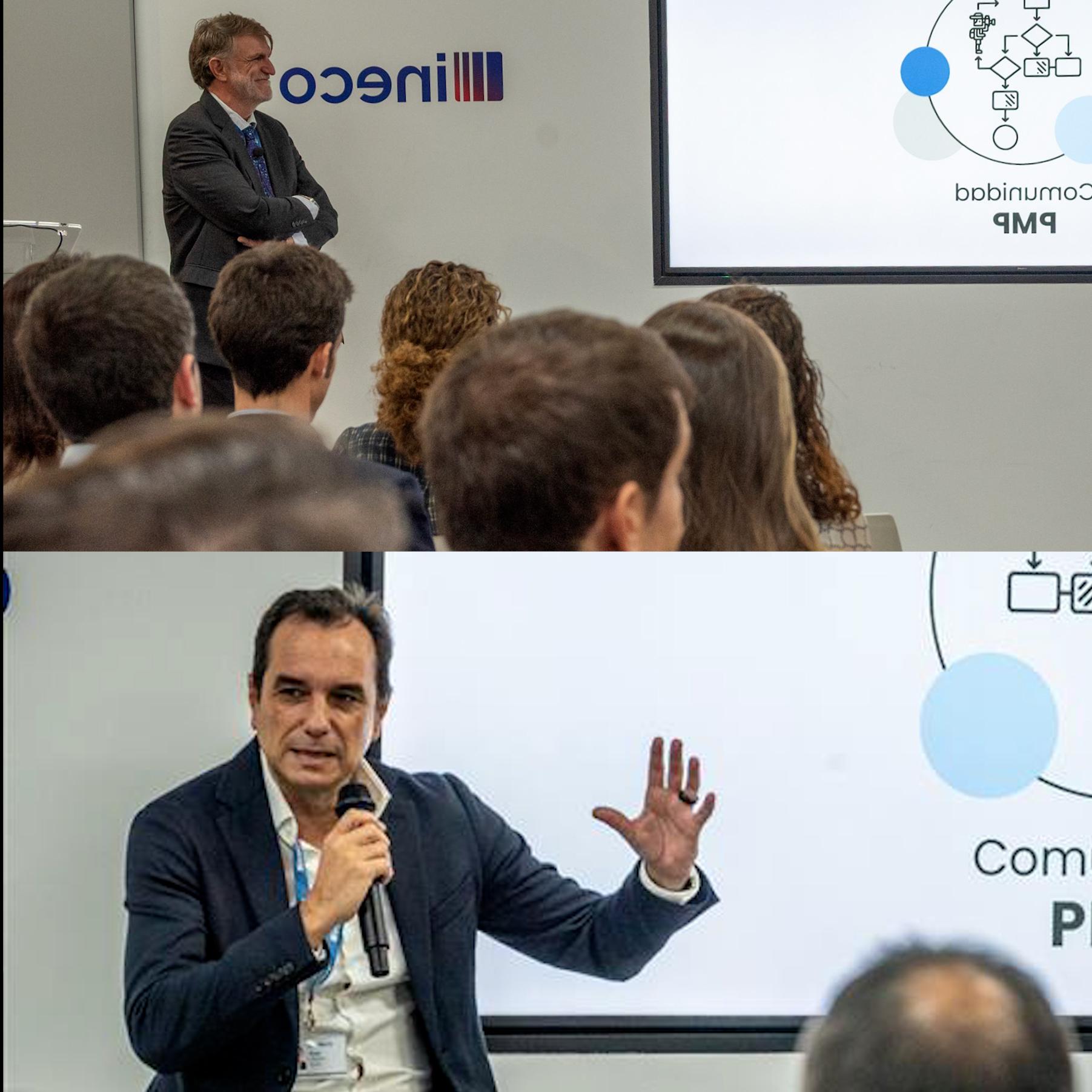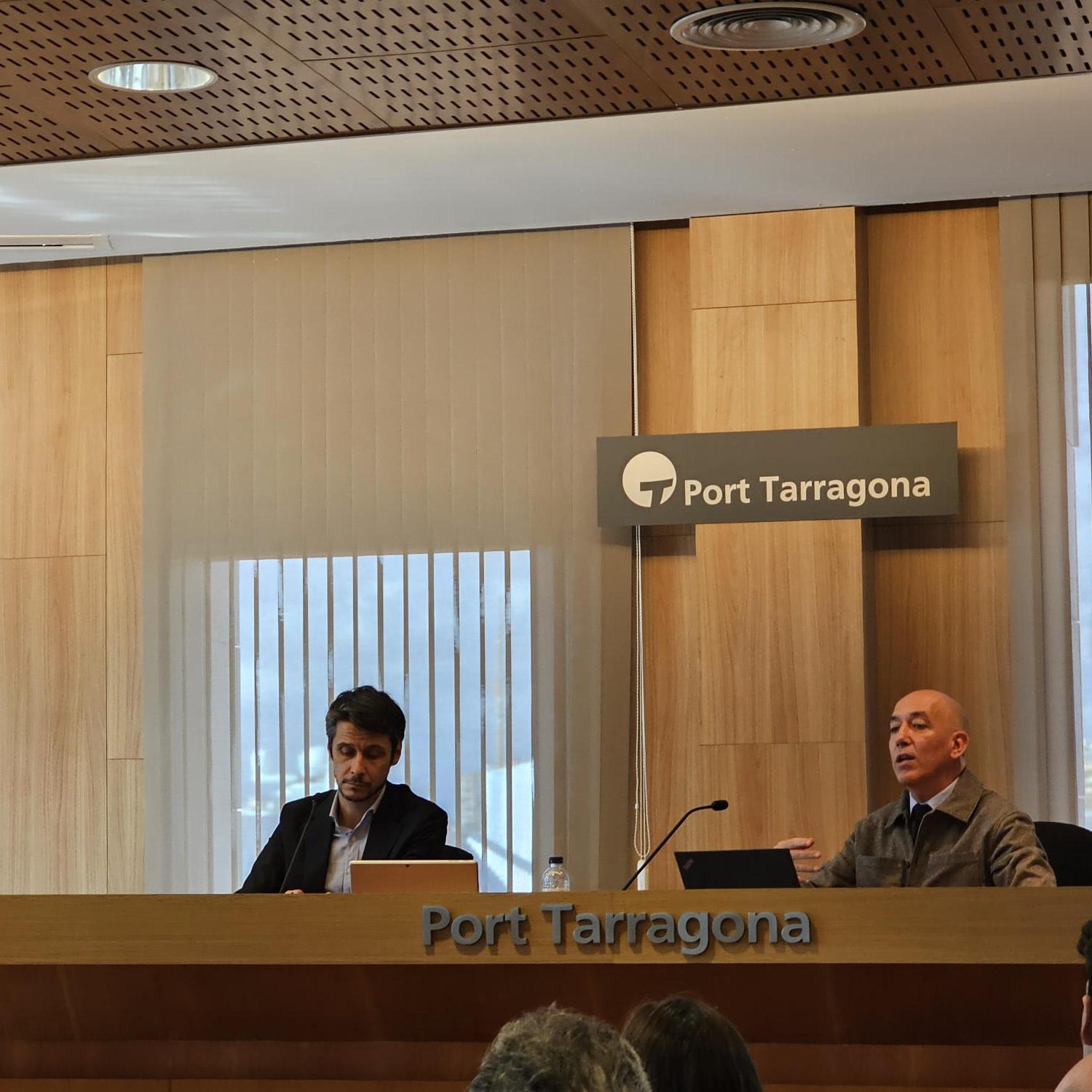The natural environment of the Triguás Viewpoint has been the setting for the first real demonstrations of commercial drone services of the ESCAI Ribeira Sacra project, a pioneering initiative in Spain led by Ineco and supported by the SIAM cluster (Spanish Innovative Air Mobility cluster).
The project was born as a response to the internal call for innovation promoted by the public engineering and consultancy firm Ineco, which is under the Ministry of Transport and Sustainable Mobility, among its team. ESCAI (Space for Innovative Aerial Commercial Services) aims to promote the safe use of drones for key services in rural environments.
At this stage of the project, real demonstrations have been carried out with simulations of possible uses that this new form of mobility allows. Among other proposals, a case of logistical package transport has been presented, which opens the door to a future where businesses or individuals can send local products quickly and sustainably. Applications in precision agriculture have also been demonstrated, such as the dispersion of products with water to optimise resources, and in the predictive maintenance of infrastructures through aerial inspection of roads and power lines. In addition, tests have been conducted on vegetation cover analysis for landscape prevention and conservation, and a search and rescue simulation with a thermal camera in emergency operations. Finally, an advanced technique for coordinating drone swarms has been demonstrated, with applications in surveillance.
The president of Ineco (also vice president of SIAM), Sergio Vázquez Torrón, wanted to highlight the significance of this milestone, and emphasised: "innovative air mobility is always talked about as the eternal future that we never reach, but the reality is that, from a technical point of view, it is very advanced." The focus must be on social acceptance and the development of a regulatory framework that makes it viable and safe.
This project, supported by AESA (State Aviation Safety Agency), the DGAC (Directorate General of Civil Aviation) and Enaire, is part of the roadmap set by SIAM with the recently presented White Paper on Vertiports. Coordinated by Ineco, this strategic document lays the foundations for the development of these essential infrastructures for Innovative Air Mobility. The consolidation of U-space will allow the integration of manned and autonomous aircraft into an agile and safe system, while cities will adopt vertiports as strategic transport nodes.
Ribeira Sacra connects innovative mobility with the rural environment.
During the institutional event, which was attended by the Government delegate in Galicia, Pedro Blanco, it was highlighted that ESCAI Ribeira Sacra will be the first of a network of similar environments that can be replicated in other territories, contributing to consolidating Spain's leadership in the field of innovative air services (IAS) and generating a sustainable socio-economic impact.
With a focus on air safety, administrative efficiency, and operational standardisation, the Ribeira Sacra environment will serve as a reference for deploying operations that currently face more technical difficulties, especially those related to essential services in rural areas.
Sustainability and efficiency for the mobility of the future.
The technology of IAS (generally drones or, in the future, air taxis) represents a sustainable and efficient solution capable of operating with minimal environmental impact thanks to reduced emissions, lower noise levels, and the alleviation of congestion in traditional land infrastructures.
Its versatility allows for use in confined spaces (from building rooftops to facilities or infrastructures integrated into logistics or healthcare nodes) making them key allies for passenger transport, urgent delivery of goods, emergency management, or environmental monitoring. Technological advances in flight autonomy, reliability, and recharge times strengthen its position as a disruptive option for the future of mobility and other activities that are currently done by other means or, directly, are not conceived. A transformation that will not only impact modes of transport, but also the design of cities, regional connectivity, territorial structuring, and the value chains of the benefiting sectors.
The sector is already preparing for this new paradigm, and projects like ESCAI are paving the way towards a safe, real, and scalable integration of these aerial services into our daily lives.








